Some of the best eye drops for common conditions affecting children are:
-Artificial tears
-Antihistamine eye drops
-Antibacterial eye drops
-Atropine eye drops […]



Some of the best eye drops for common conditions affecting children are:
-Artificial tears
-Antihistamine eye drops
-Antibacterial eye drops
-Atropine eye drops […]

By increasing the moisture level in a room, a humidifier helps slow the evaporation of your natural tears, keeping your eyes more lubricated. […]
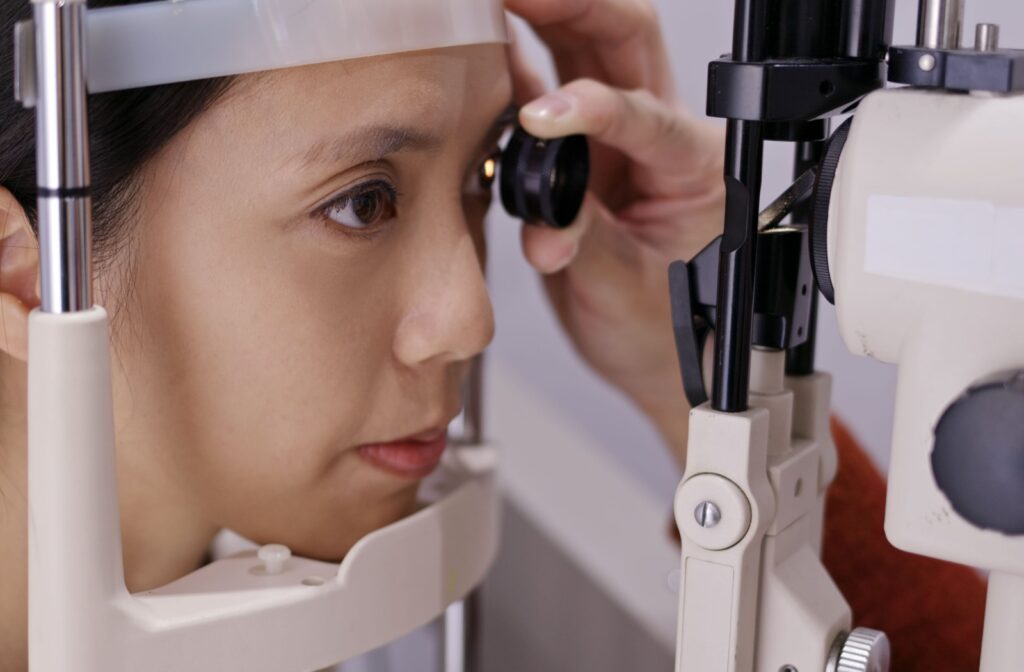
A comprehensive eye exam can detect a number of common eye conditions, including glaucoma, cataracts, age-related macular degeneration, and retinal detachment. […]
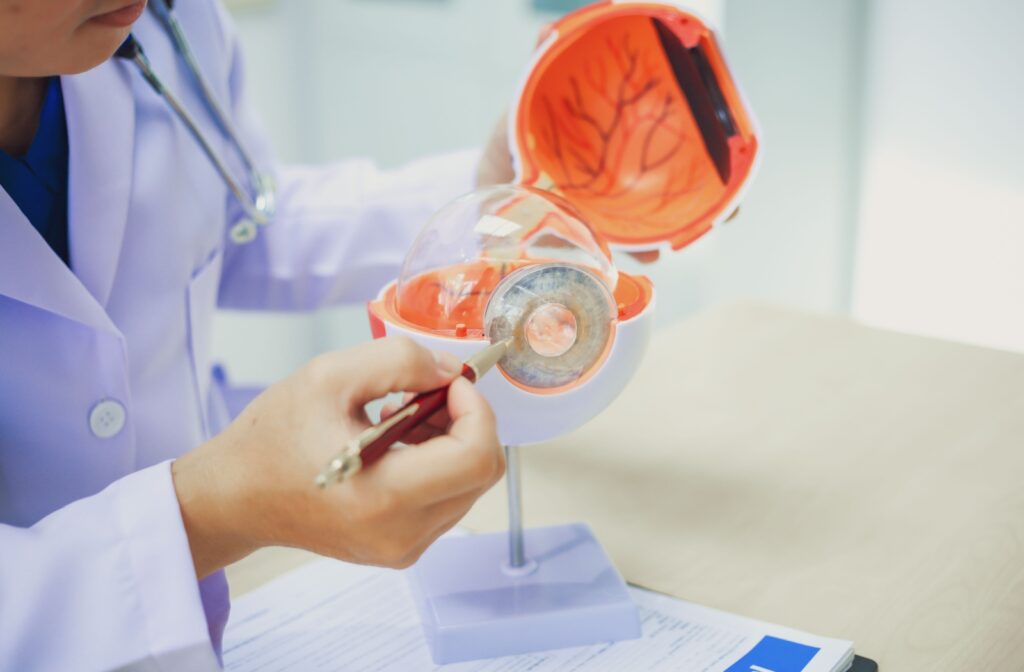
Eye diseases, like glaucoma and cataracts, all affect your eye health, but they can also cause distinct visual symptoms:
-Signs of cataracts might include foggy or hazy vision, dull colours, and difficulty driving at night.
-Depending on the type of glaucoma, common symptoms can include peripheral vision loss, headaches, or discomfort.
[…]
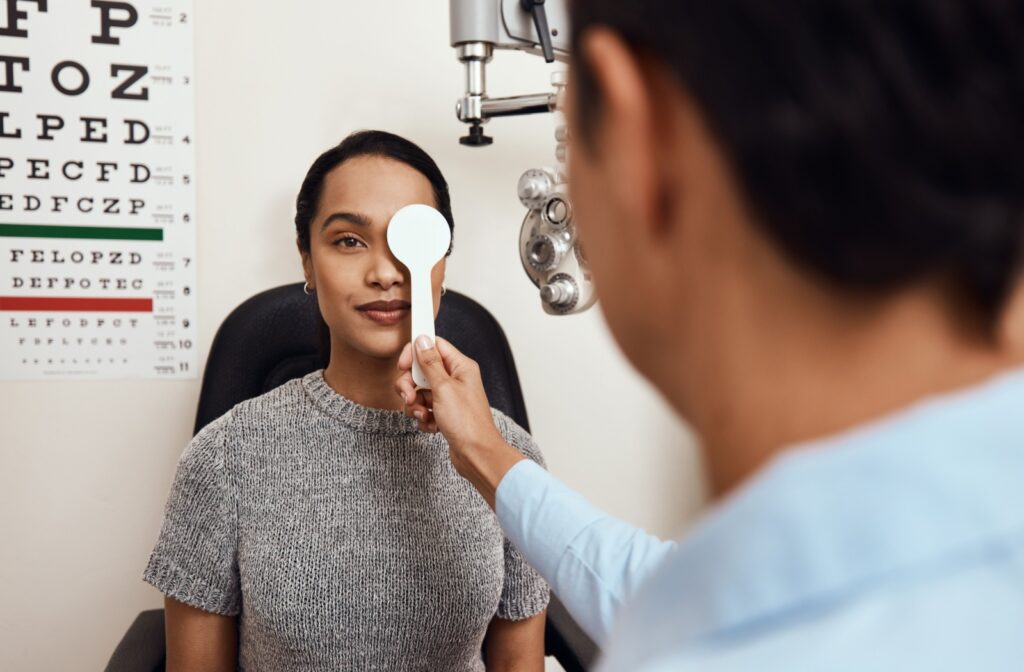
20/30 vision means you need to be 20 feet away to see what someone with 20/20 vision can see from 30 feet. […]

Properly fitting glasses should feel comfortable on your face, sit evenly across your nose, align with your eyes, and stay in place without pressure or slipping. […]
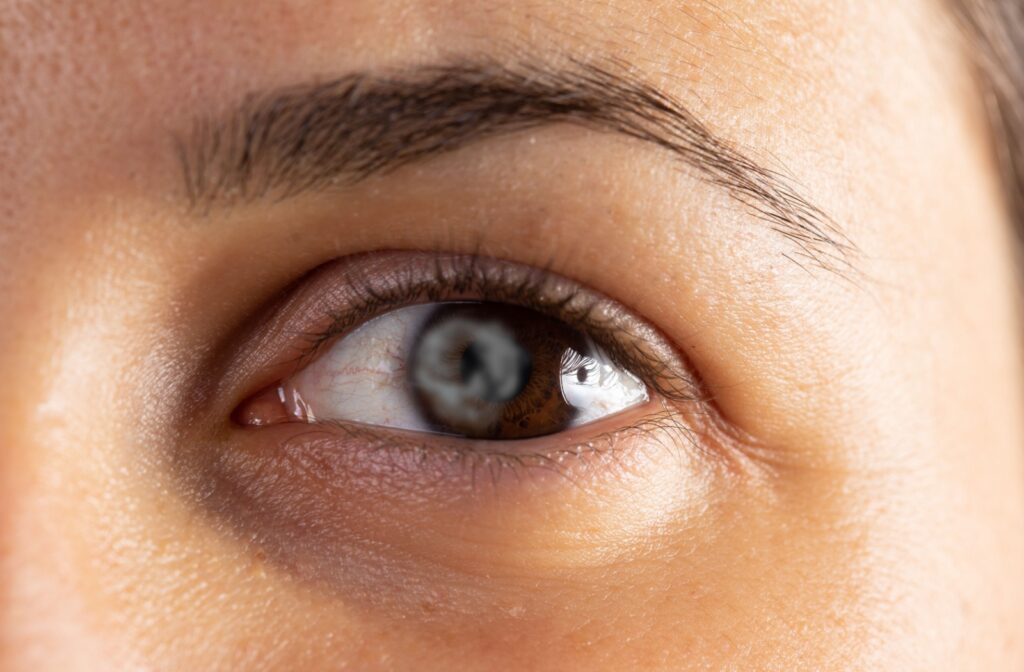
In most cases, it’s a gradual loss of peripheral (side) vision—a subtle change that often goes unnoticed until significant, irreversible damage has occurred. […]

Dry eyes and headaches can share some common symptoms, but research has yet to prove definitively that there’s a link between the two. […]
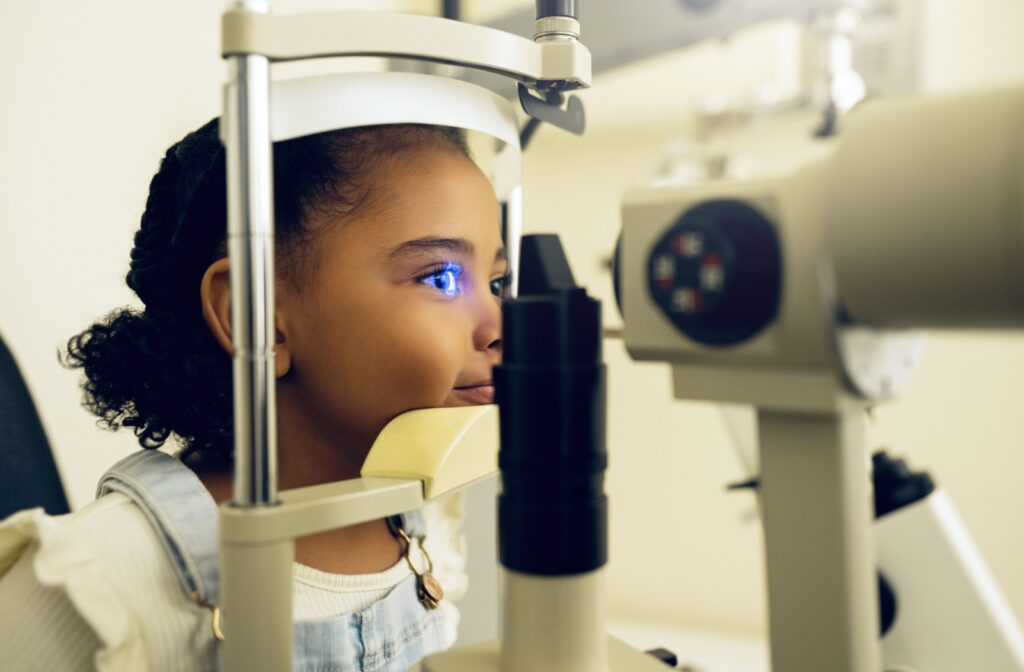
Most people should have a comprehensive eye exam every one to two years, depending on age, risk factors, and vision needs. […]

A sinus infection can lead to pink eye, especially when caused by bacteria or viruses that spread to the eyes. […]